For many Baby Boomers, certain products have been part of daily life for decades. They were introduced during a time when convenience and effectiveness were the top priorities, and safety research was not as advanced as it is today. These items became staples in households, used with trust and confidence for cleaning, grooming, and even home maintenance. However, as science evolved, experts discovered that some of these once-beloved products contain ingredients that may be harmful to health and the environment. Understanding these risks does not mean past choices were wrong, but instead shows how knowledge and awareness continue to grow.
1. Talcum Powder
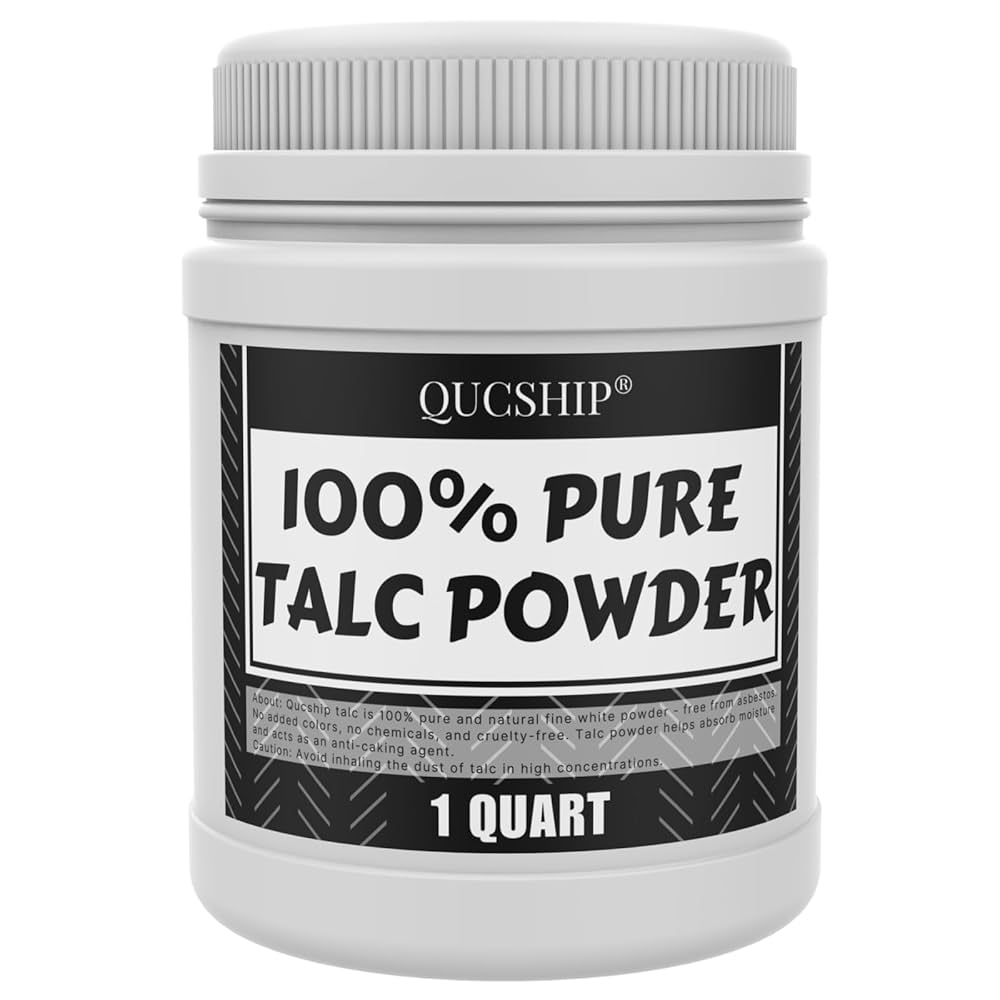
Talcum powder was once a trusted staple in many homes, often used to keep skin dry and comfortable. Boomers relied on it for themselves and their children, believing it to be safe and soothing. Over time, however, researchers discovered potential links between talc and health risks such as respiratory irritation and even more serious concerns when contaminated with asbestos. Experts now encourage the use of safer alternatives like cornstarch-based powders. This shift reflects the importance of updated knowledge, reminding people that products trusted for decades can carry risks that only become clear through years of study and medical research.
2. Nonstick Cookware
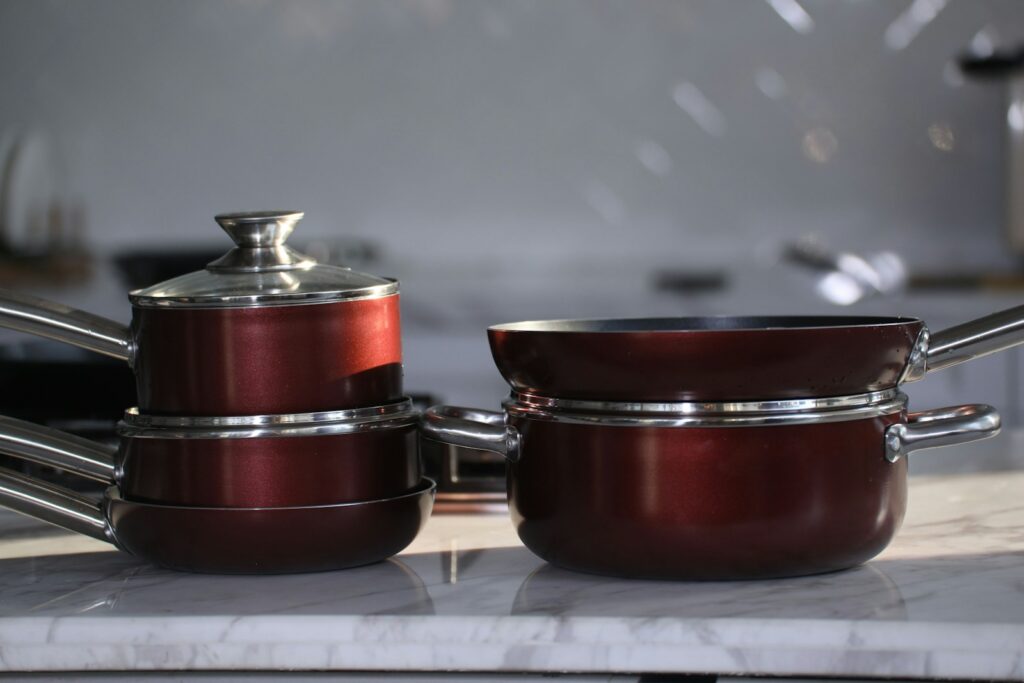
Nonstick cookware revolutionized kitchens, offering convenience for easy cooking and quick cleanup. Boomers embraced these pans as a modern solution to reduce cooking time and avoid stubborn scrubbing. However, studies have shown that certain chemicals used in older nonstick coatings, such as perfluorooctanoic acid, may release harmful fumes when overheated. Long-term exposure has been linked to health and environmental issues, raising concerns about their continued use. While modern cookware is designed with safer materials, experts advise using caution with scratched or worn-out pans. Many now recommend stainless steel, cast iron, or ceramic alternatives for healthier and safer everyday cooking.
3. Plastic Food Containers
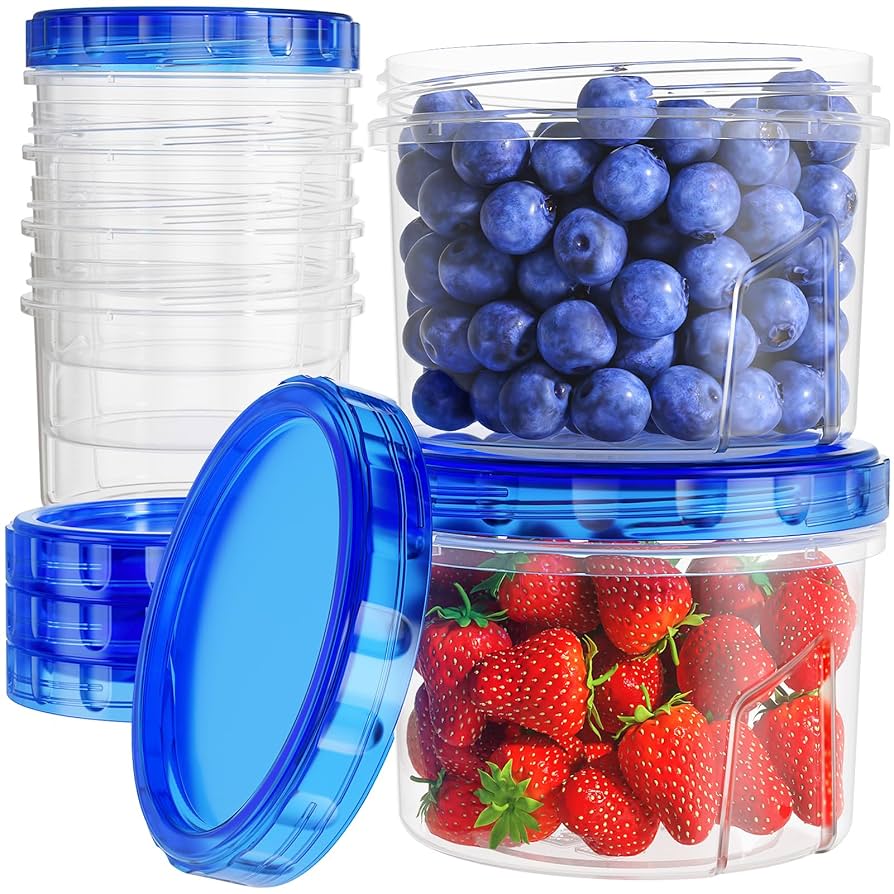
Plastic containers were once celebrated as a symbol of practicality, affordability, and convenience. Boomers relied on them to store leftovers, pack lunches, and organize kitchens. Yet concerns have grown regarding certain plastics that contain bisphenol A and phthalates, chemicals that can leach into food and beverages. Research has connected these substances to hormonal imbalances and other health concerns, making people more cautious about their use. Experts now recommend switching to glass or stainless steel containers, which are durable and safer for long-term food storage. This shift highlights how a once revolutionary household item is being re-evaluated with health in mind.
4. Air Fresheners
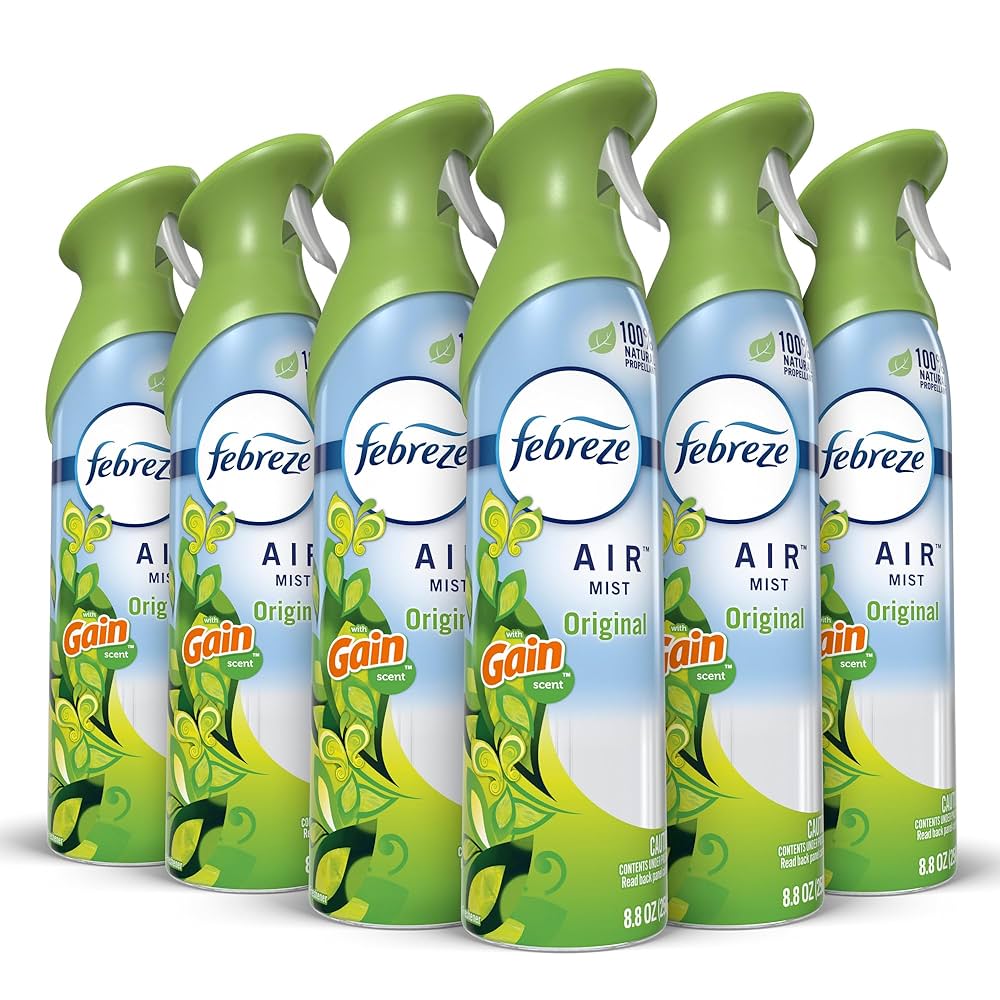
Air fresheners were seen as a quick way to create a welcoming and pleasant environment at home. Many Boomers used them to eliminate odors and freshen living spaces, trusting their convenience. However, experts have discovered that some air fresheners contain volatile organic compounds and other chemicals that can affect indoor air quality. Prolonged exposure may trigger respiratory issues, allergies, and headaches. Instead of relying on synthetic sprays, healthier alternatives like natural essential oils, houseplants, or simple ventilation can improve air quality without risks. The change reflects a growing understanding that what smells pleasant may not always be safe for health.
5. Bleach
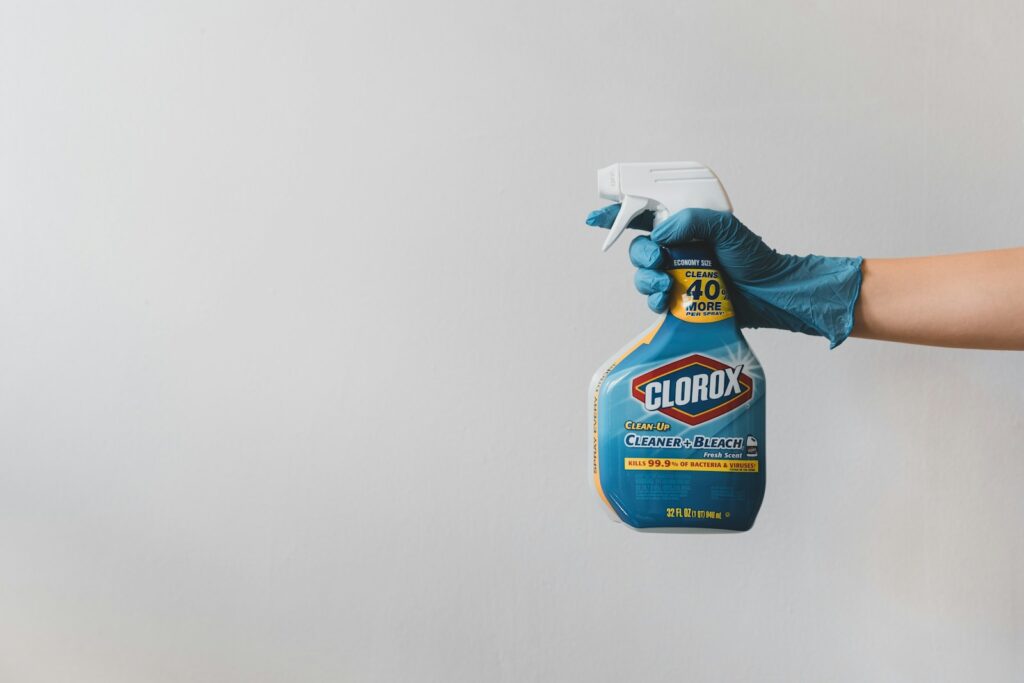
Bleach has been a household cleaning essential for generations, valued for its powerful disinfecting abilities. Boomers often turned to it for whitening clothes, scrubbing bathrooms, and sanitizing surfaces. Yet while effective, bleach releases fumes that can irritate the eyes, lungs, and skin, especially in poorly ventilated areas. Mixing it with other cleaners, particularly ammonia, can produce dangerous gases. Health experts now encourage using it sparingly and exploring safer cleaning alternatives like vinegar, baking soda, or hydrogen peroxide. This doesn’t diminish bleach’s effectiveness but emphasizes careful and informed use, showing how even a trusted product requires responsible handling to ensure safety.
6. Processed Meats

Processed meats like bacon, sausages, and cold cuts were popular staples in many Boomer households, offering flavor, convenience, and affordability. Over time, however, health experts have linked regular consumption of processed meats to increased risks of heart disease, high blood pressure, and certain cancers due to preservatives such as nitrates and high sodium content. While these foods were once celebrated as hearty meals or quick snacks, nutritionists today recommend moderation and healthier protein sources like fish, poultry, and legumes. This evolving perspective demonstrates how dietary traditions are being reconsidered in light of modern research on long-term health outcomes.
7. Conventional Cleaning Sprays
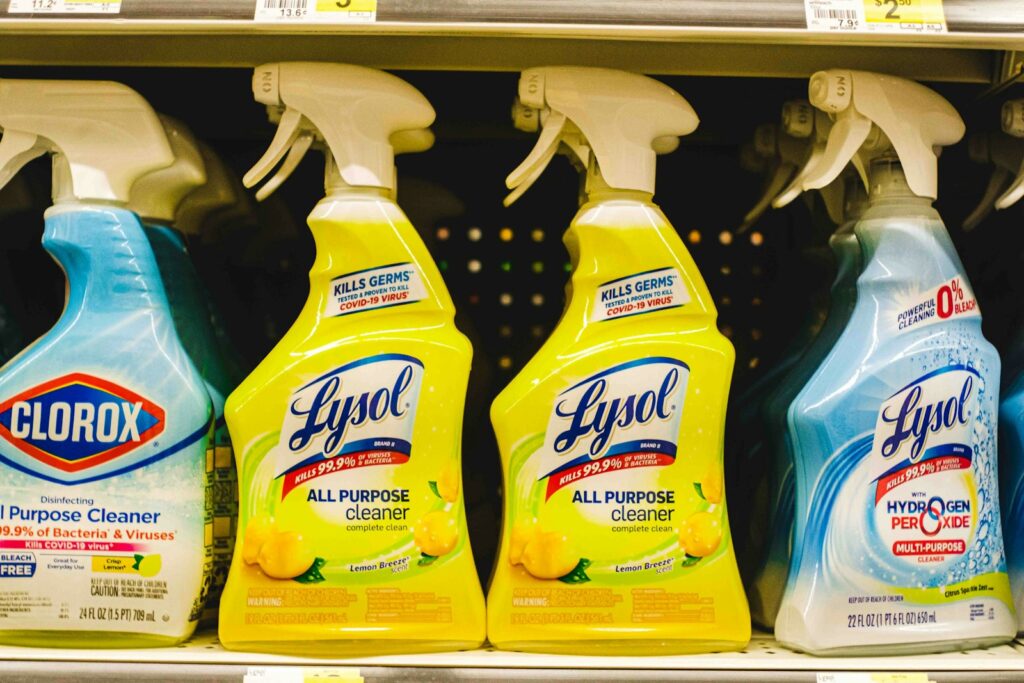
Cleaning sprays promised sparkling homes with minimal effort, making them indispensable in Boomer households. These products became trusted allies for kitchens, bathrooms, and general upkeep. Yet studies show many conventional sprays contain harsh chemicals that contribute to indoor air pollution and pose risks for respiratory irritation, skin sensitivity, and long-term exposure effects. Even antibacterial sprays have faced criticism for disrupting natural microbial balance. Health experts suggest switching to safer, eco-friendly brands or simple homemade solutions like vinegar and baking soda. This awareness underscores how everyday cleaning routines, once unquestioned, are now being refined for safer and healthier living environments.
8. Antibacterial Soaps

Antibacterial soaps were once praised for offering extra protection against germs, becoming a popular choice in Boomer homes. Many trusted them as a stronger safeguard for personal hygiene. However, research revealed that certain ingredients, like triclosan, can disrupt hormones and contribute to antibiotic resistance, prompting regulatory bans. Ordinary soap and water have proven just as effective for everyday handwashing without added risks. Experts now advise focusing on thorough washing habits rather than relying on harsh chemicals. This change shows how products once seen as advanced can eventually reveal hidden drawbacks, leading to simpler and safer alternatives for maintaining personal health.
9. Pesticides
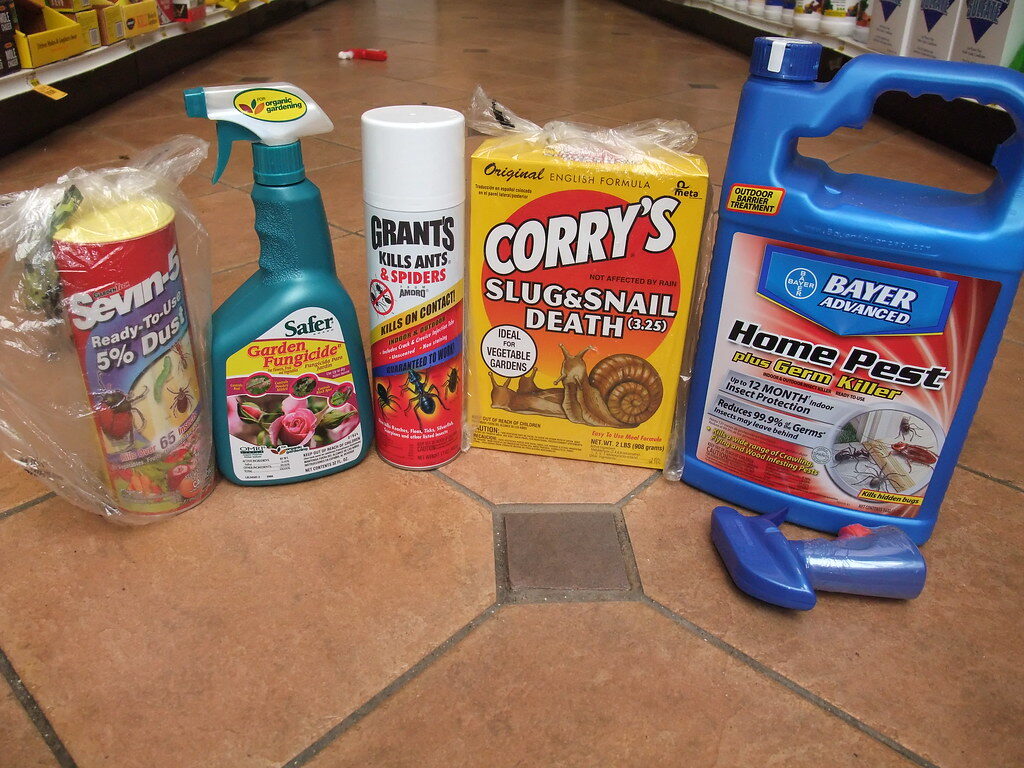
Pesticides played a major role in maintaining lush gardens and pest-free homes, and Boomers widely trusted them as essential solutions. Over time, however, studies linked prolonged pesticide exposure to health concerns such as respiratory problems, neurological issues, and even increased cancer risks. Environmental impacts also became evident, with pesticides harming pollinators and contaminating soil and water. Experts now recommend safer methods like integrated pest management, natural repellents, or organic gardening techniques. While pesticides remain effective, awareness of their risks highlights the importance of safer practices, showing how modern perspectives are reshaping the way people approach gardening and pest control.
10. Canned Foods with BPA Linings
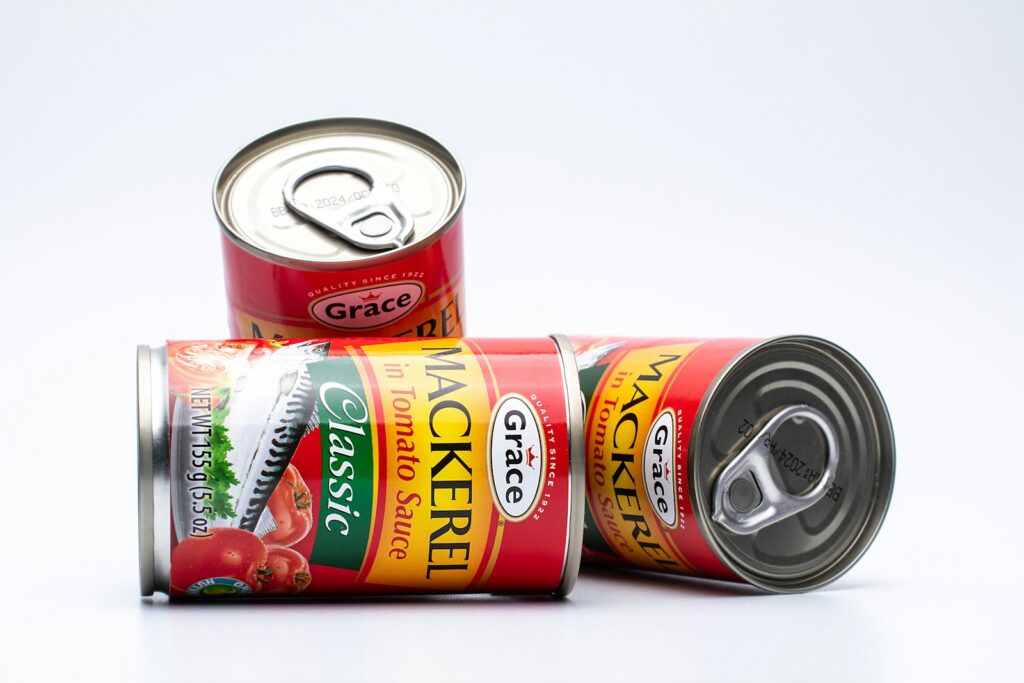
Canned foods provided convenience and long shelf life, making them a reliable choice for busy families and budget-conscious Boomers. However, concerns emerged when research linked bisphenol A in some can linings to hormonal disruptions and potential health risks. Although many manufacturers now offer BPA-free alternatives, older cans or certain brands may still use the chemical. Health experts suggest choosing fresh or frozen produce when possible and selecting cans labeled as BPA-free. This shift does not diminish the role canned foods played in family life but instead encourages consumers to make safer choices in light of today’s health knowledge.
11. Perfumes and Colognes
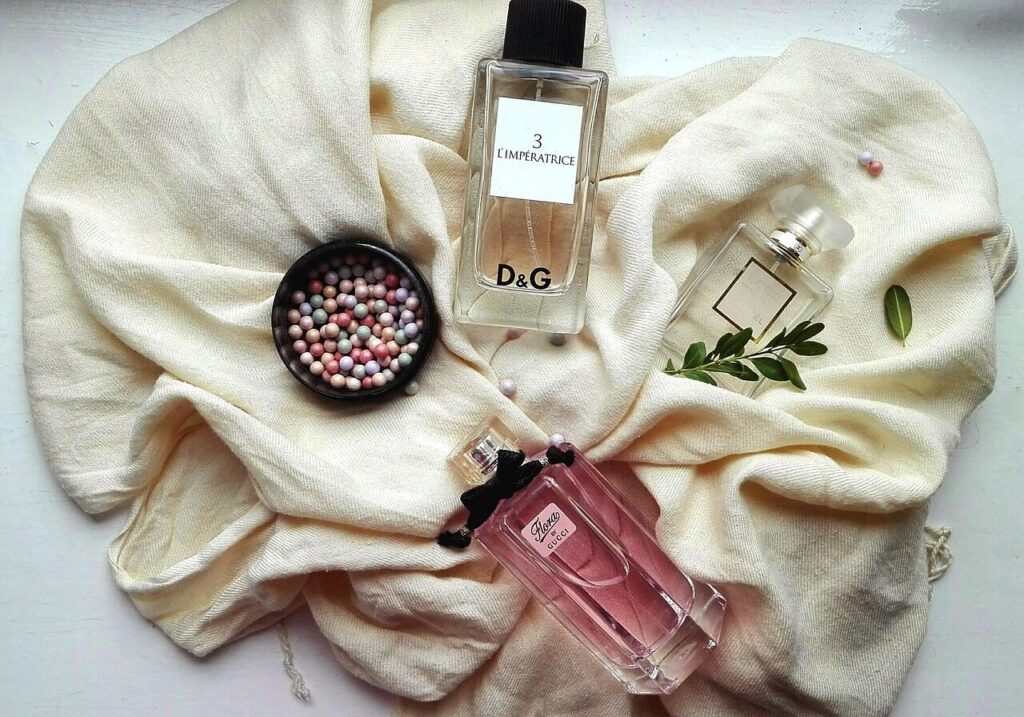
Fragrances like perfumes and colognes have long been associated with style, confidence, and personal expression. Many Boomers developed lifelong attachments to their favorite scents. Yet studies show that some fragrances contain synthetic chemicals that may trigger allergies, asthma, or skin irritation, while others release compounds affecting indoor air quality. Since companies are not always required to disclose full ingredient lists, consumers may unknowingly face risks. Experts recommend choosing natural or hypoallergenic options, applying sparingly, and maintaining ventilation when using them indoors. This evolving understanding shows how cherished personal products can also be reconsidered through the lens of health and safety.
Comments